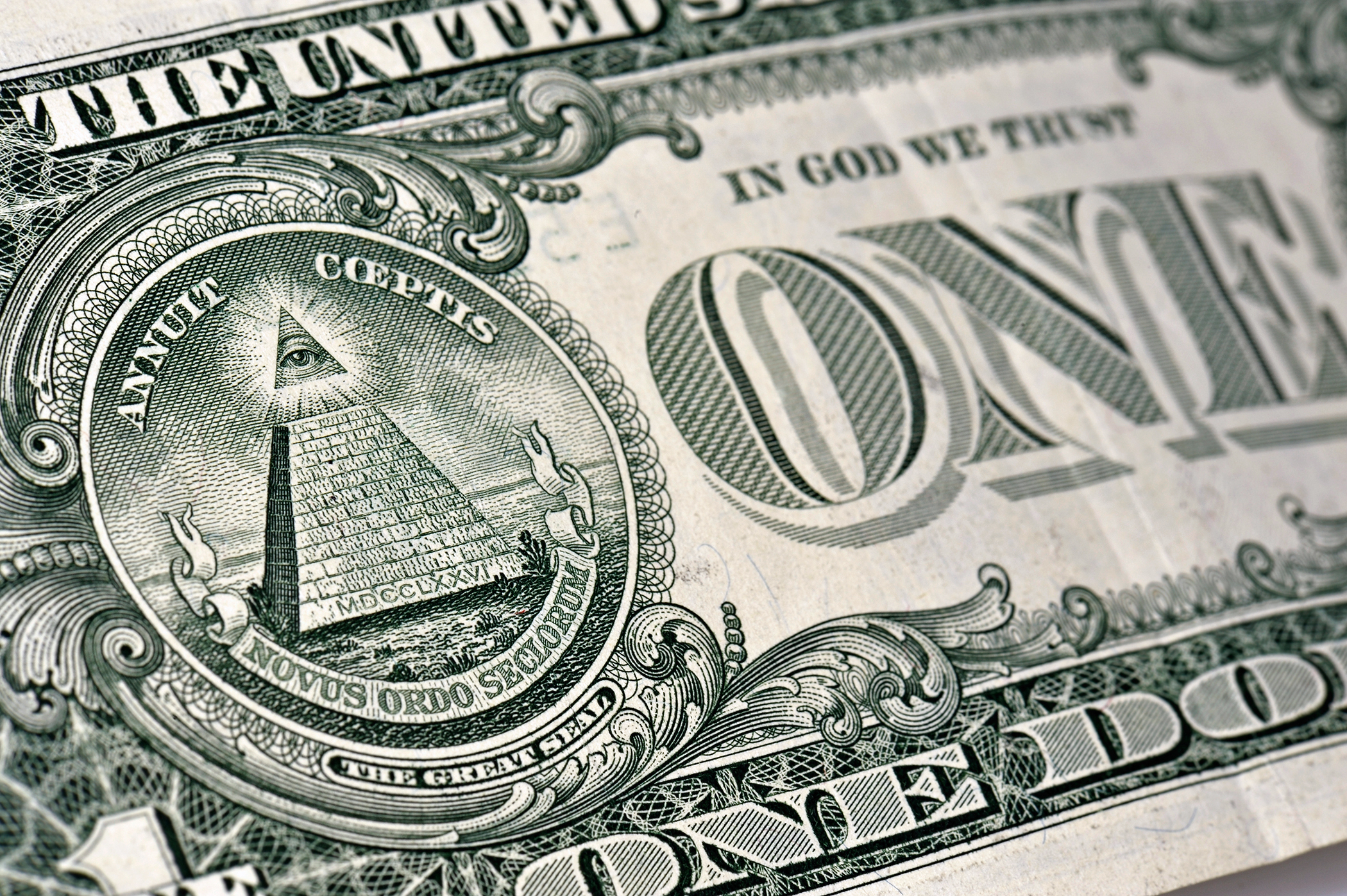
More progressivity means more progress. Especially after 2008. That’s the Democratic tax philosophy seven autumns after the financial crisis. Voters are still frustrated by the arbitrary quality of the rescues and the uneven quality of the recovery. So Hillary Clinton proposes increases in capital-gains-tax rates for top earners. Clinton’s former fellow candidate Lincoln Chafee offered to raise the top marginal income tax rate to 45% from the current 39.6%. You can bet Bernie Sanders’s plan, when it comes, will redistribute even more dramatically.
Republicans by contrast are heading toward the very un-progressive flat tax. The simple levy hasn’t been this popular since 1996, when Steve Forbes campaigned with the promise of a universal 17% income tax rate. Several of this campaign’s flat taxers are actually out-Forbesing Forbes. Ted Cruz is calling for a flat 10%. Ben Carson, Mike Huckabee and Rand Paul also propose some kind of flat rate. Jeb Bush, Marco Rubio and Donald Trump pay their respects with plans that reduce the number of tax brackets.
Republicans—who are headed into yet-another televised debate tonight—are aware that voters feel rooked since 2008. But GOP candidates believe that even today voters don’t equate redistribution with fairness. And they are betting that voters desire a trustworthy government more than an arbitrary one.
To understand the parties’ difference, recall the nature of progressivity. Under a progressive schedule, a worker pays a base rate on the first dollar earned. Rates rise like a staircase with earnings, so that the more the worker makes, the higher the tax on the last bit earned. A flat tax by contrast is proportional: top earners pay more dollars than low earners, but at the same percentage rate.
Structuring a progressive tax schedule requires meticulous calibration by panels of experts. To voters, the process feels mysterious, in the same way, in fact, that the 2008 bailouts did: Some expert, somewhere, picks AIG over Lehman Brothers. Some expert, somewhere, decides that the top rate should be 39.6%, not 38%. Progressivity’s architects rarely finish their work—they just move on to new areas. For example, differing tax regimes in the states yield a different level of progressivity for otherwise similar earners. So now scholars are mooting the concept of “Corrective Progressivity.” Under a plan authored by Eric A. Kades of William & Mary Law School, federal tax rates would automatically reset from state to state to offset any difference resulting from state codes.
Precisely such tinkering is the great weakness of a progressive structure. For if one authority wins license to tinker, so may another. Eventually every interest group convinces others that it is only fair to introduce its ornaments, its exceptions, or its doodads to a tax code. A progressive structure grows organically and disproportionately, becoming a monument to the crony capitalism it was conceived to constrain.
Less known is that progressivity may not enjoy the solid backing policymakers suppose. In a paper recently presented at the American Accounting Association, scholars Michael and Theresa Roberts report that nearly 8 in 10 business students they polled believe a progressive income tax to be fairer than a flat tax. Still, when asked to actually ascertain a fair amount for a tax payment, the vast majority of the same pollees, even self-identified liberals, picked an amount that correlated to a flat, or even a regressive, rate.
This suggests that while Americans like the sound of the word “progressive,” even educated citizens don’t necessarily love progressivity’s effect. Whatever they say at a party, people may quietly prefer proportionality to disproportionality in the same way they tend to prefer Monticello to a tower designed byAntoni Gaudí. The Roberts-Roberts paper concludes that “a majority of both liberal and conservative Americans may view a flat income tax rate as fairer than progressive income tax rates.”
Economists of the Reagan school claim such results reflect an intuitive national understanding that lower tax rates afford greater economic growth. Many of us agree with that.
Still, something is at work here beyond supply-side theory, which itself features a tendency to tinker. That something is simplicity. Simplicity defines the flat tax, so tampering with a flat tax represents a major political undertaking. Therefore, a flat schedule is likelier than a progressive schedule to sustain its form. To many, that stability matters more than whether the rate is 10% or 17%. Surely both parties would agree that a tax regime voters trust also represents progress.
Shlaes chairs the board of the Calvin Coolidge Presidential Foundation
More Must-Reads from TIME
- Cybersecurity Experts Are Sounding the Alarm on DOGE
- Meet the 2025 Women of the Year
- The Harsh Truth About Disability Inclusion
- Why Do More Young Adults Have Cancer?
- Colman Domingo Leads With Radical Love
- How to Get Better at Doing Things Alone
- Michelle Zauner Stares Down the Darkness
Contact us at letters@time.com